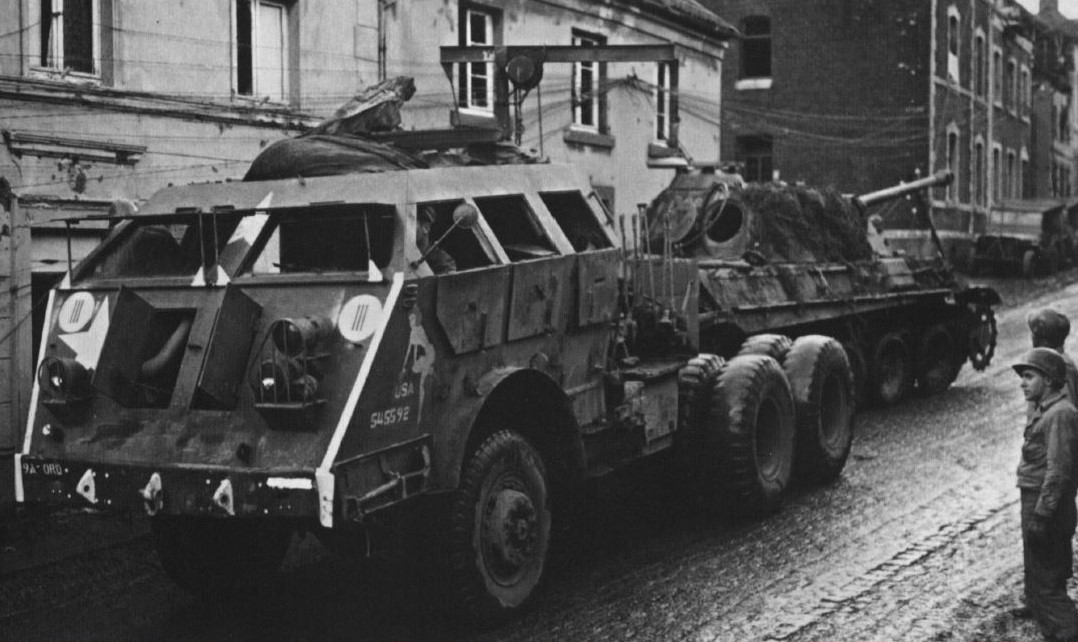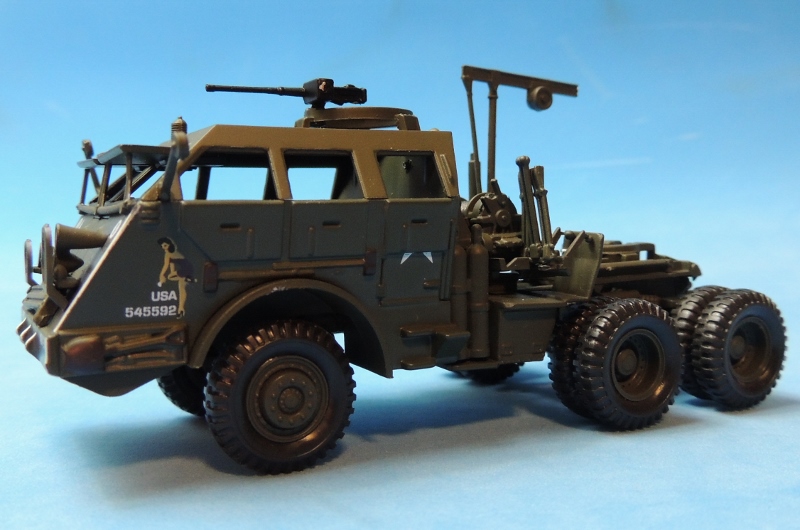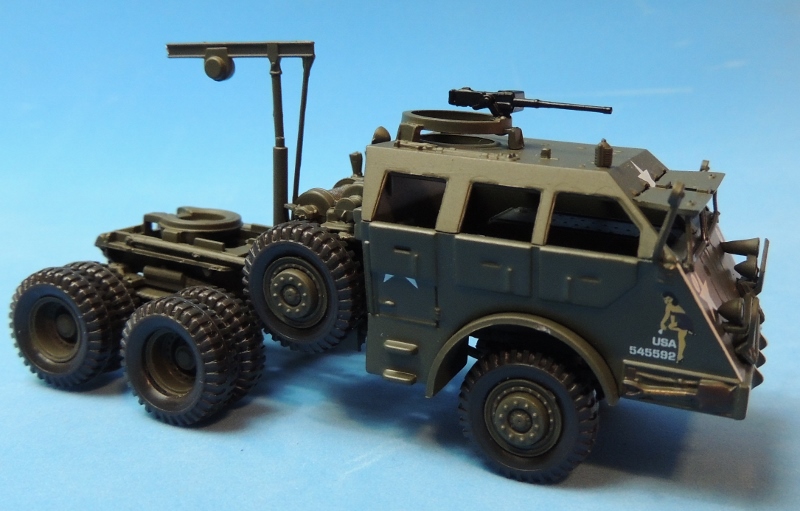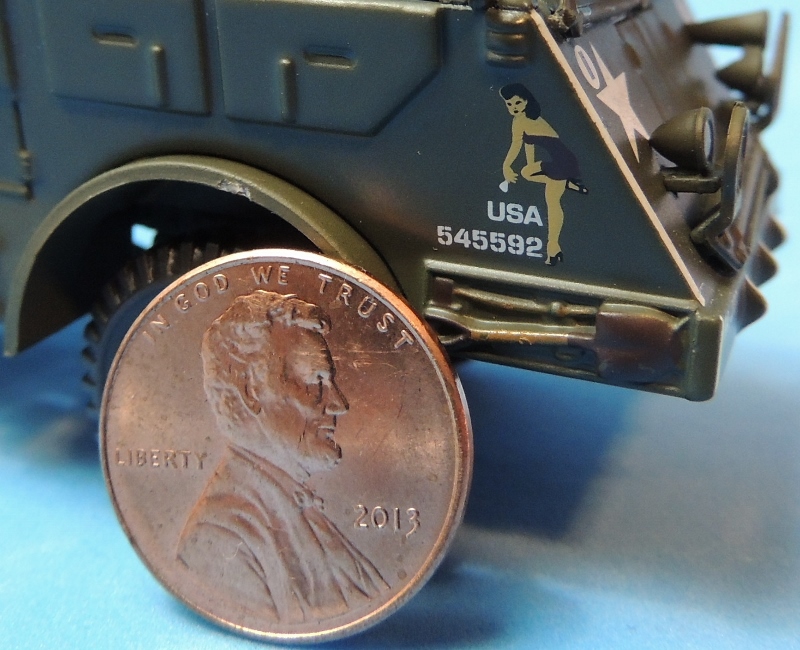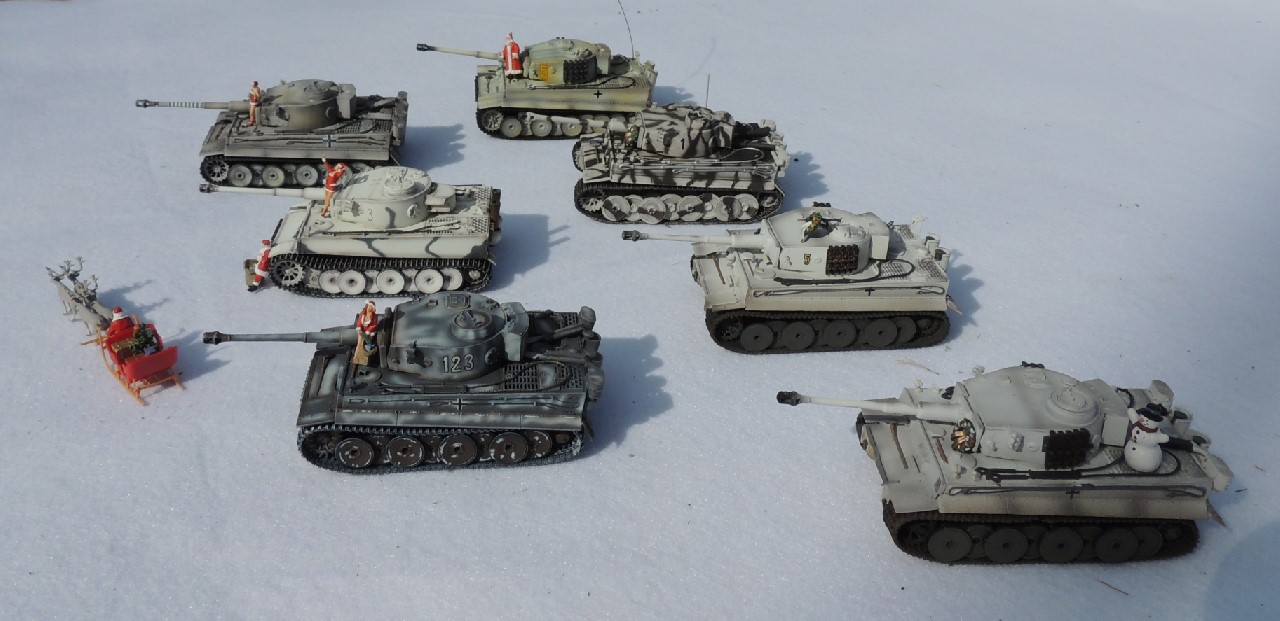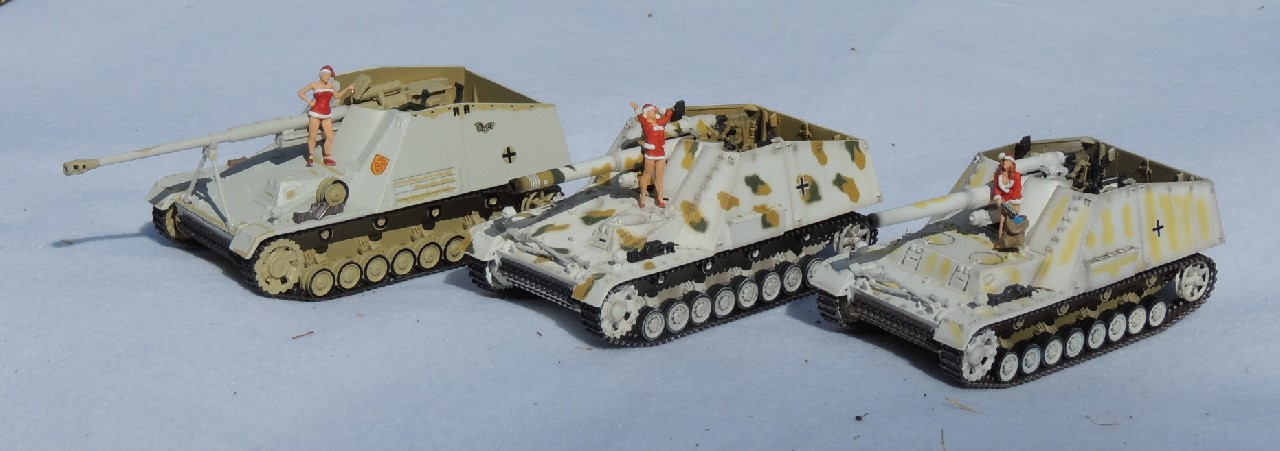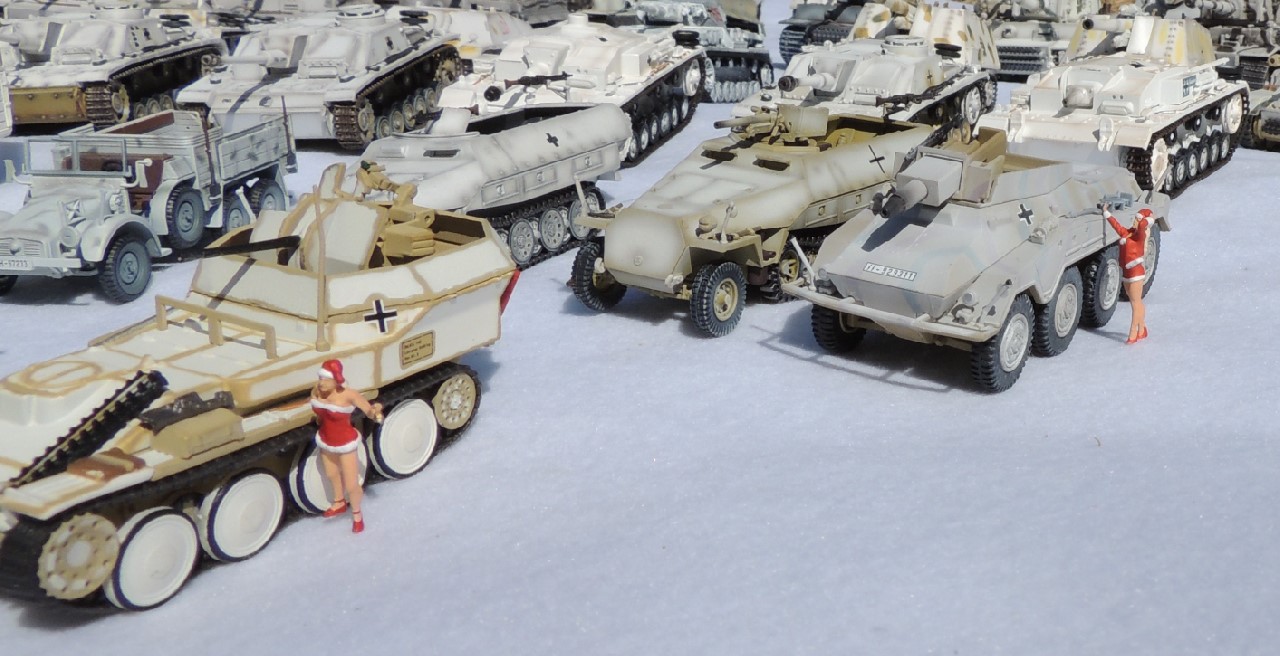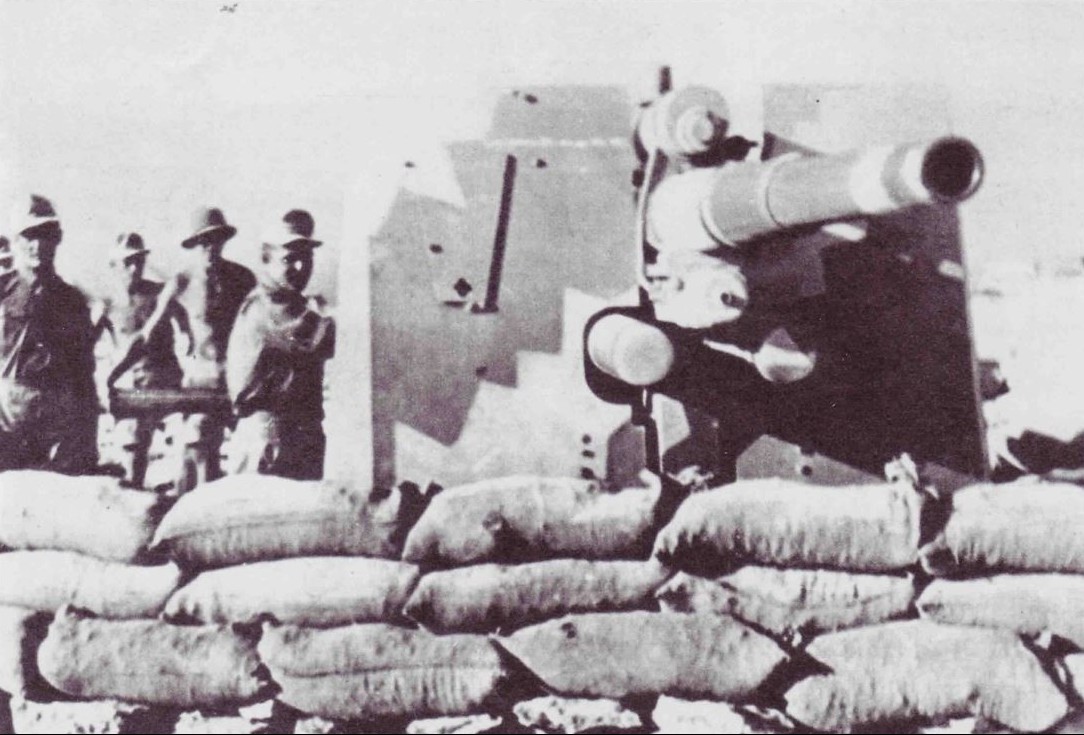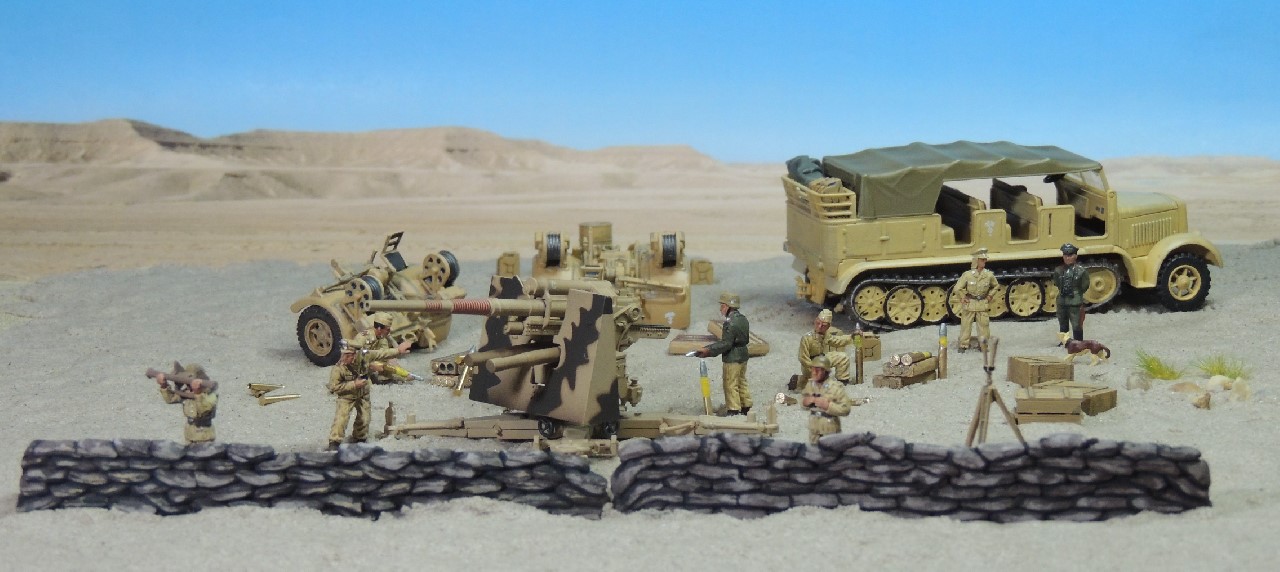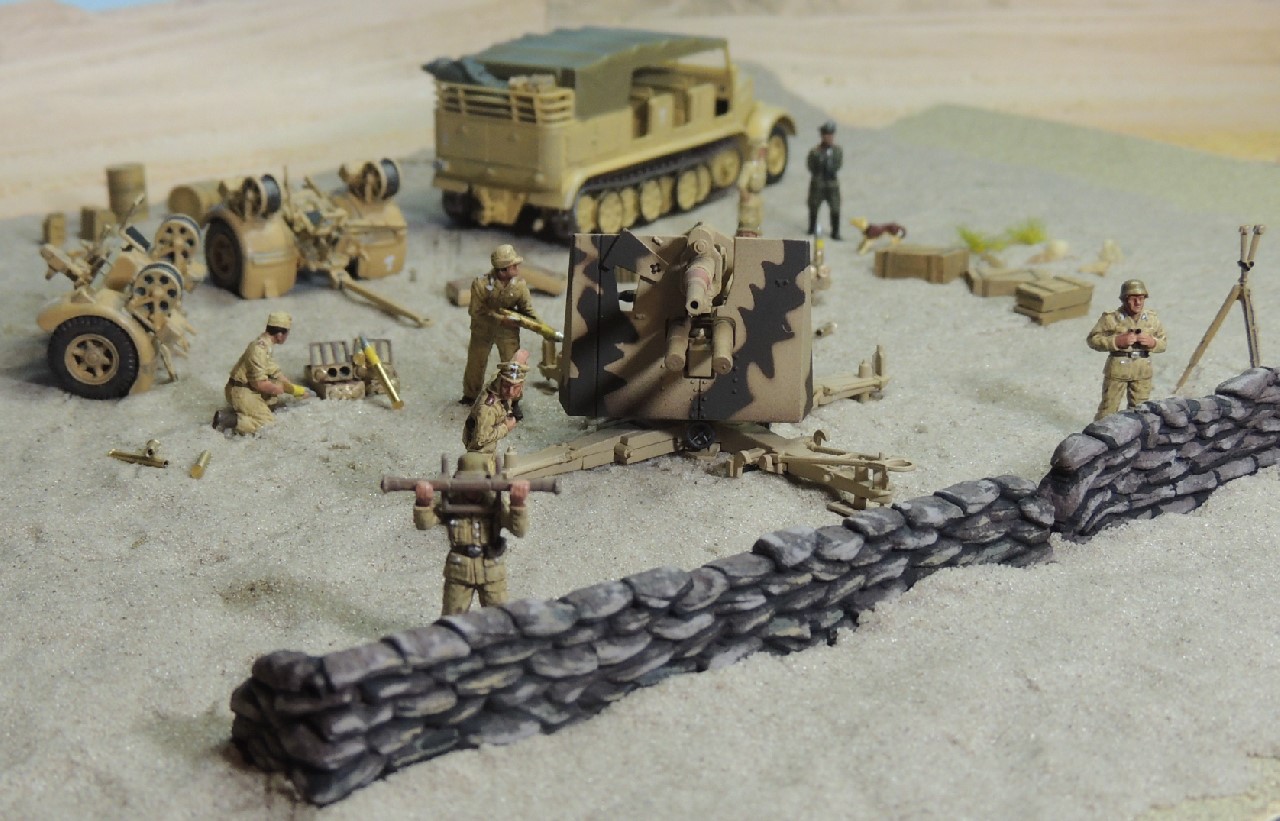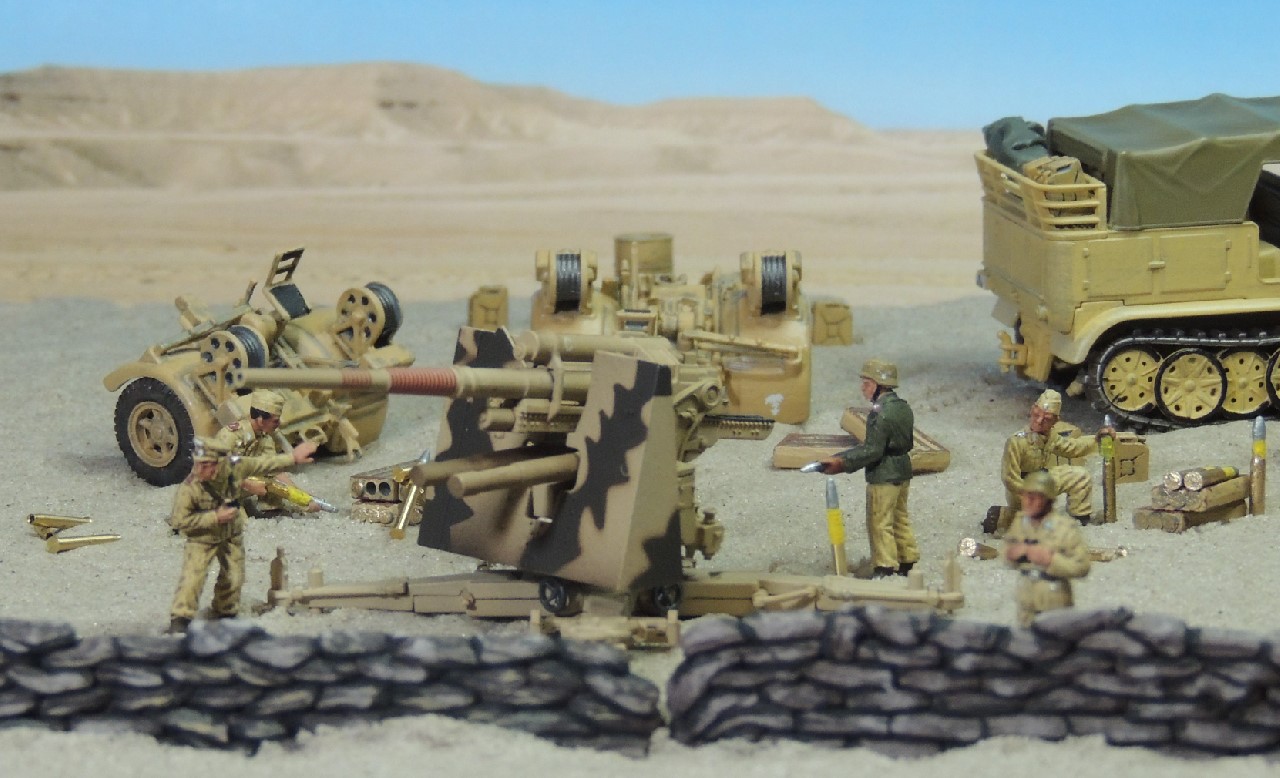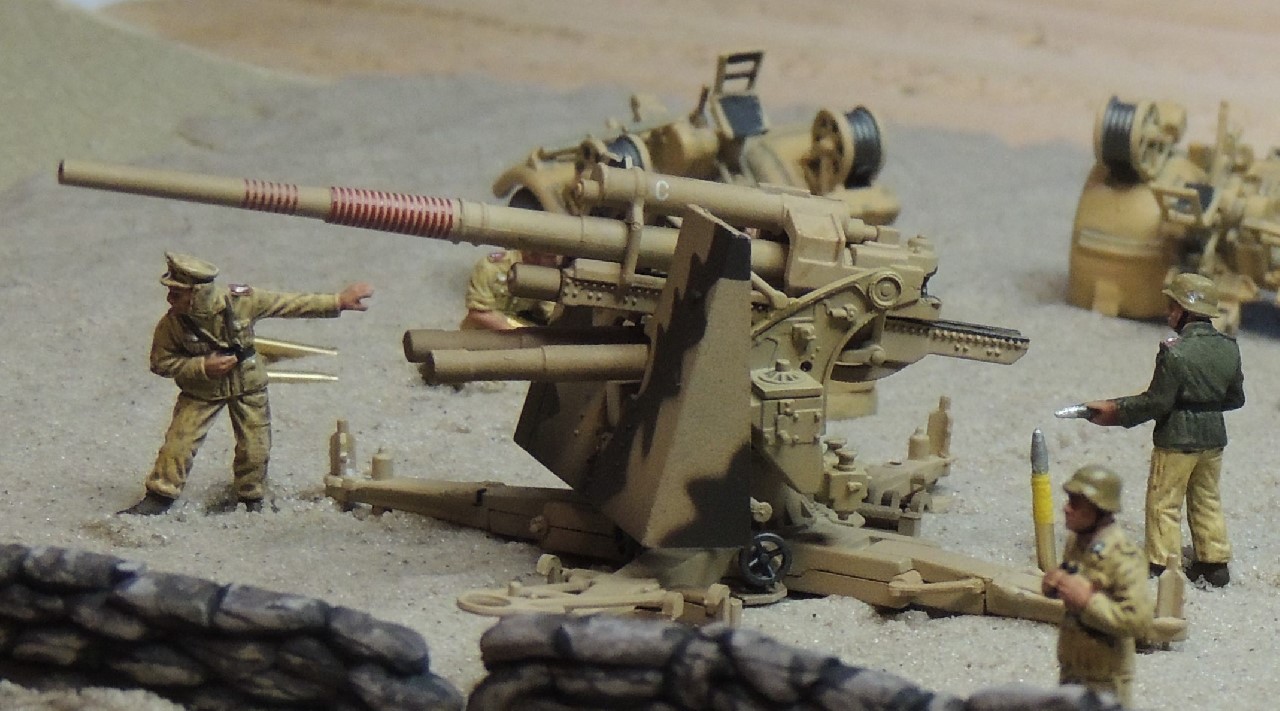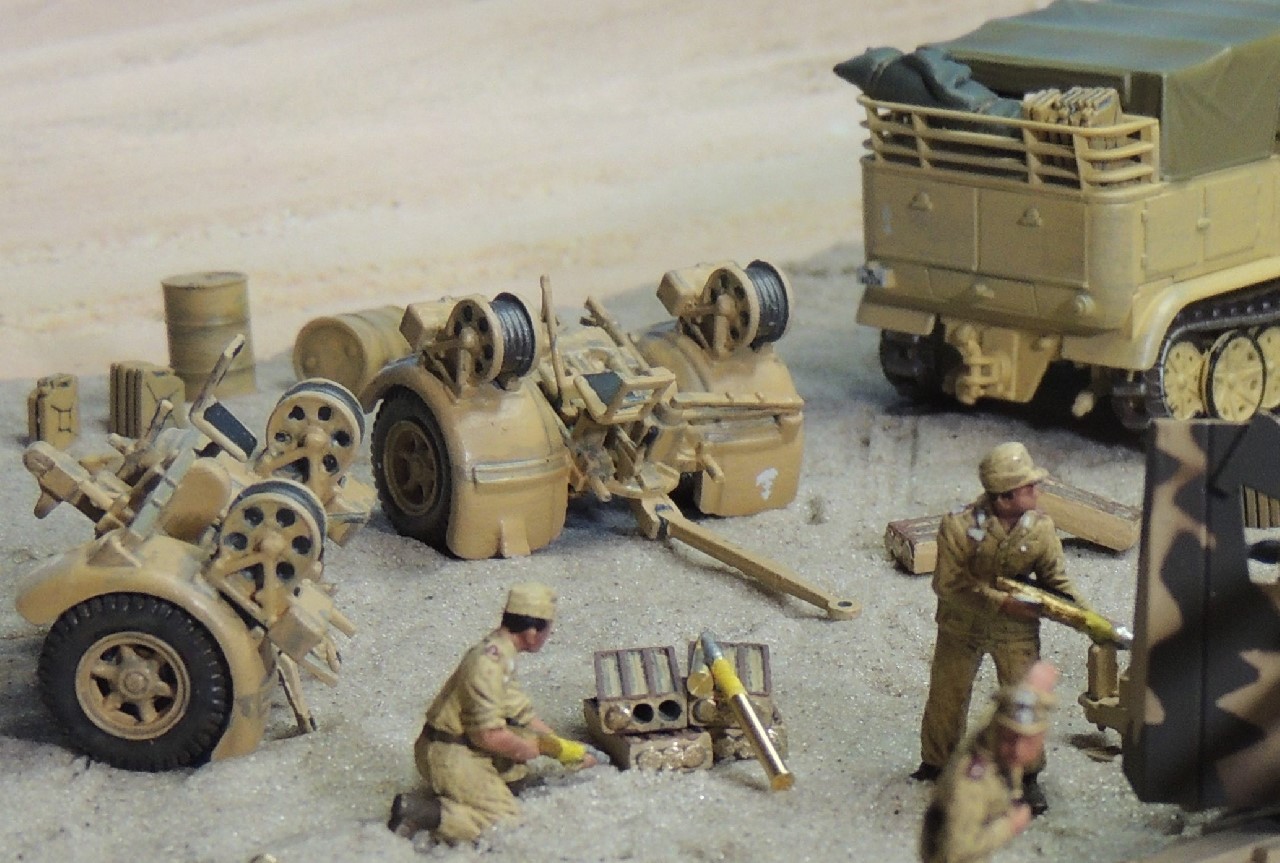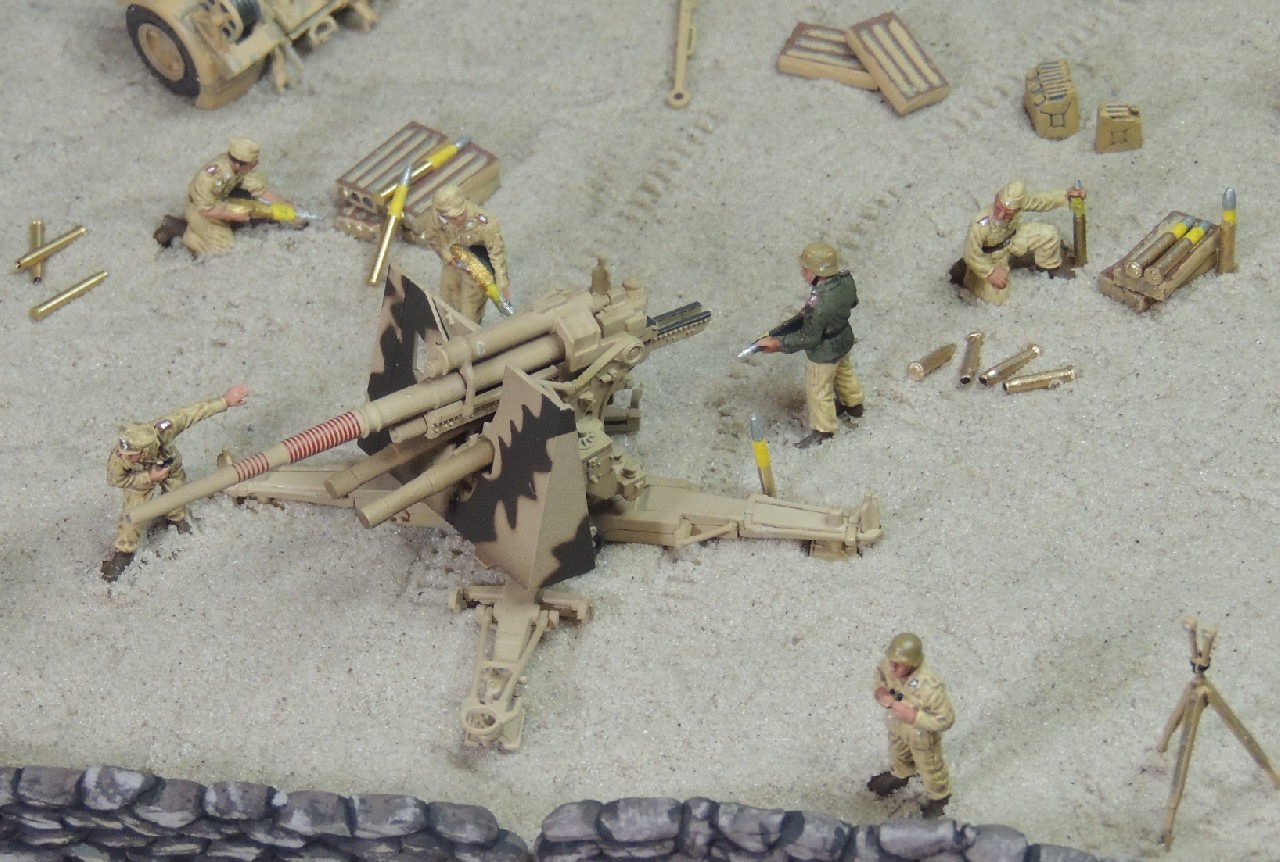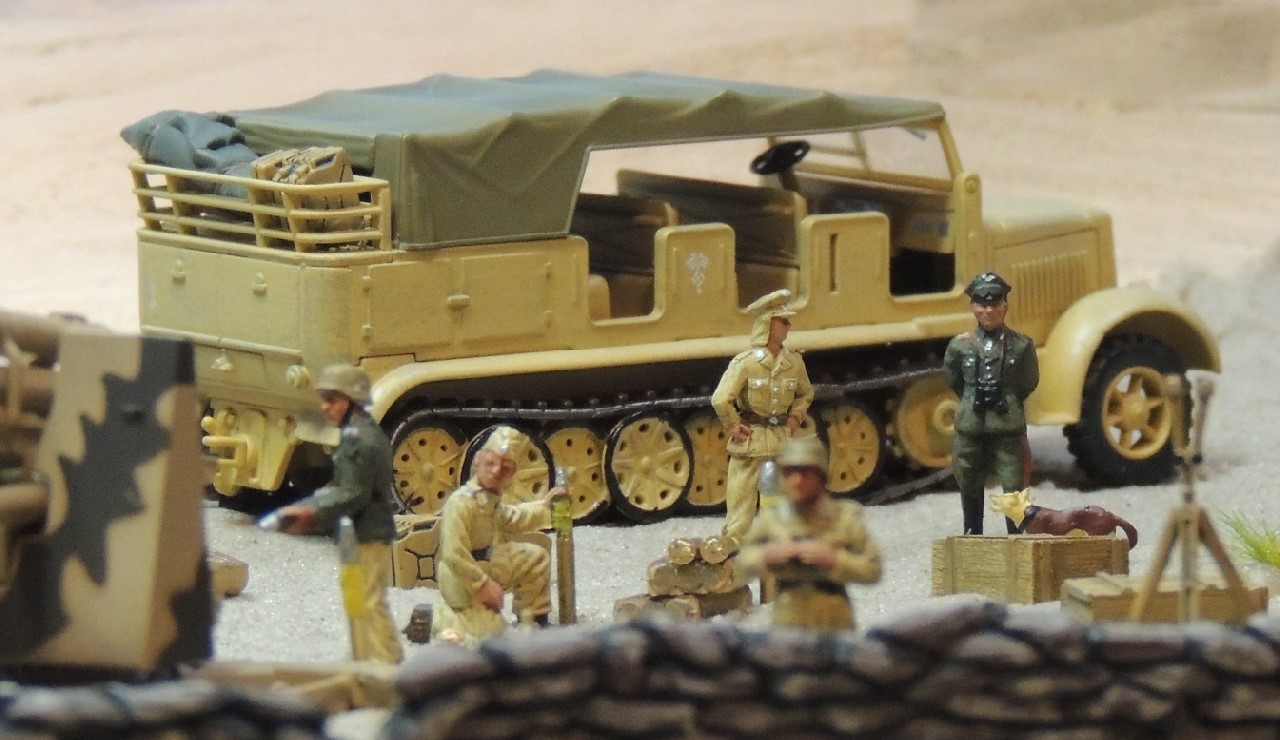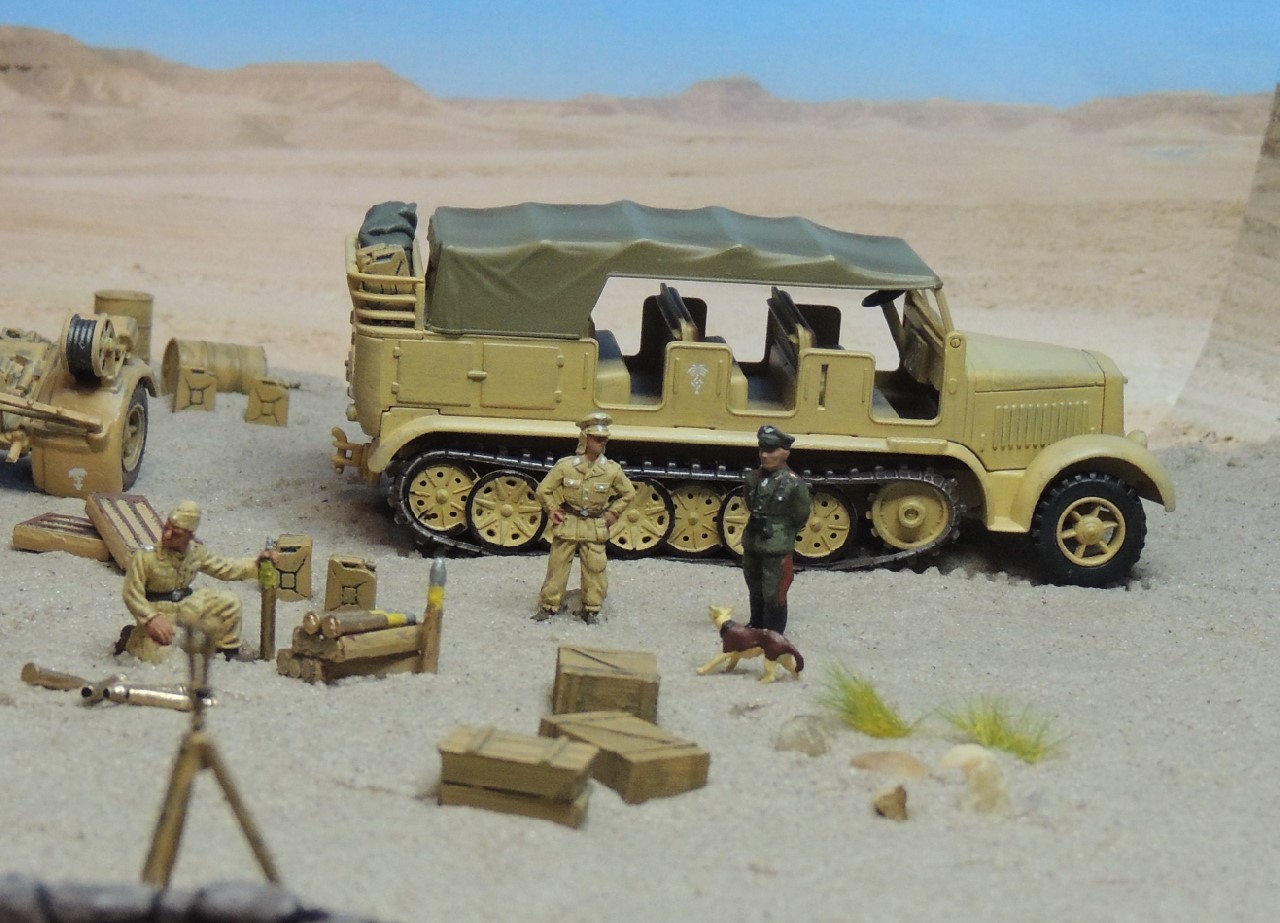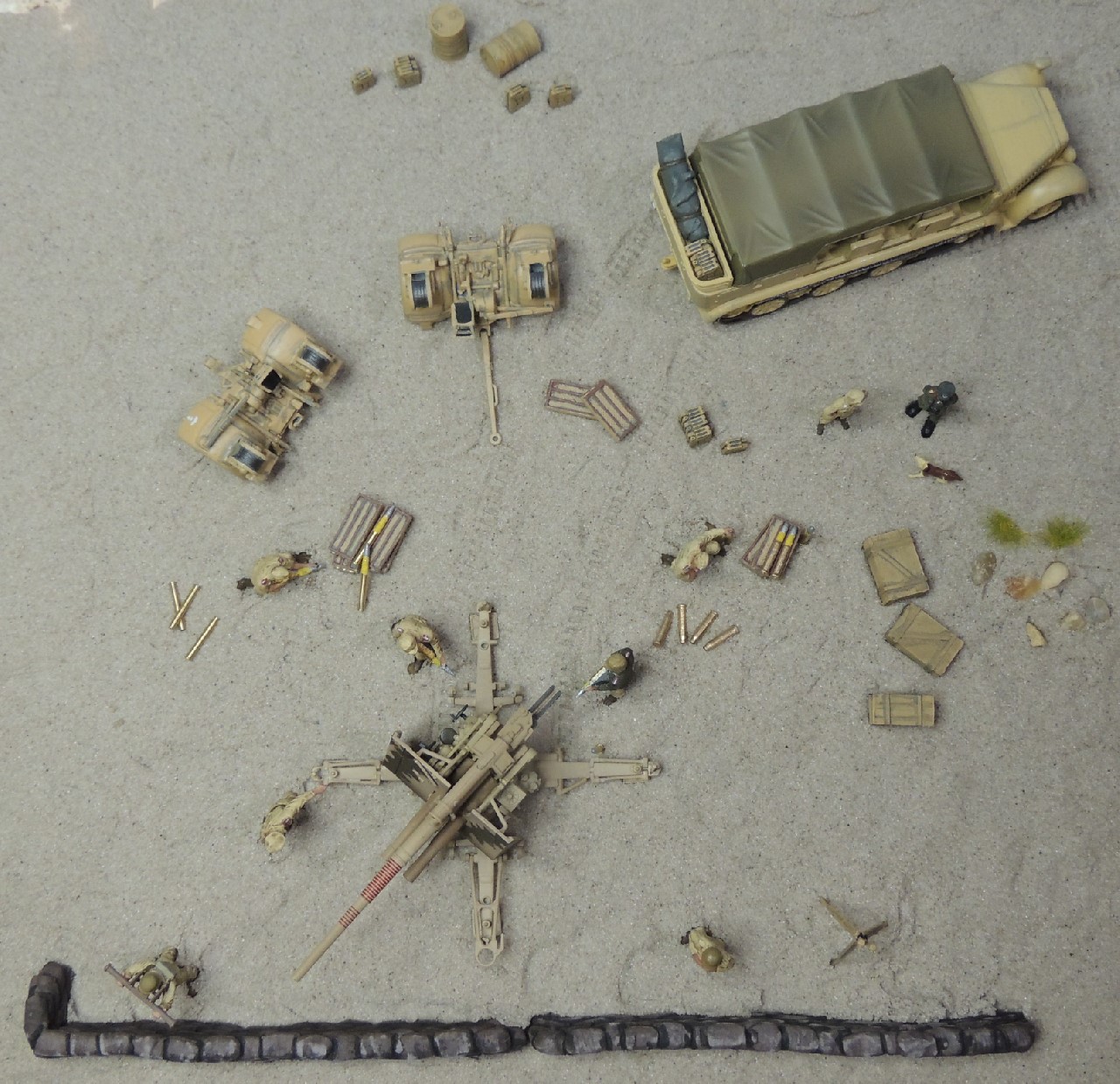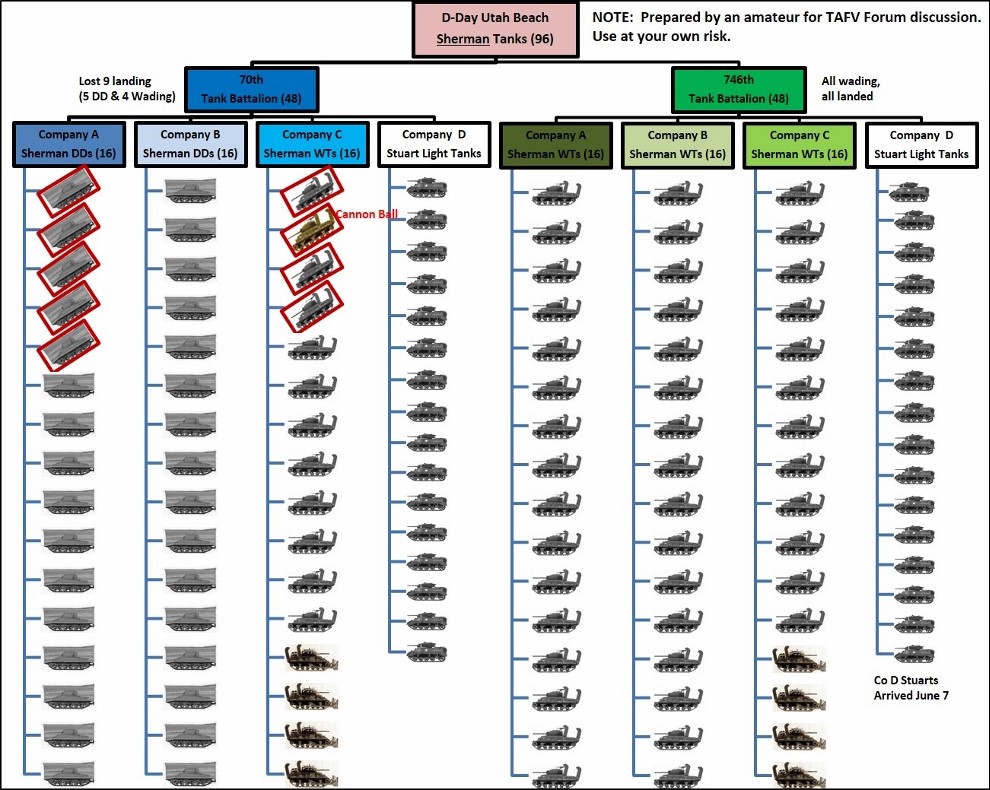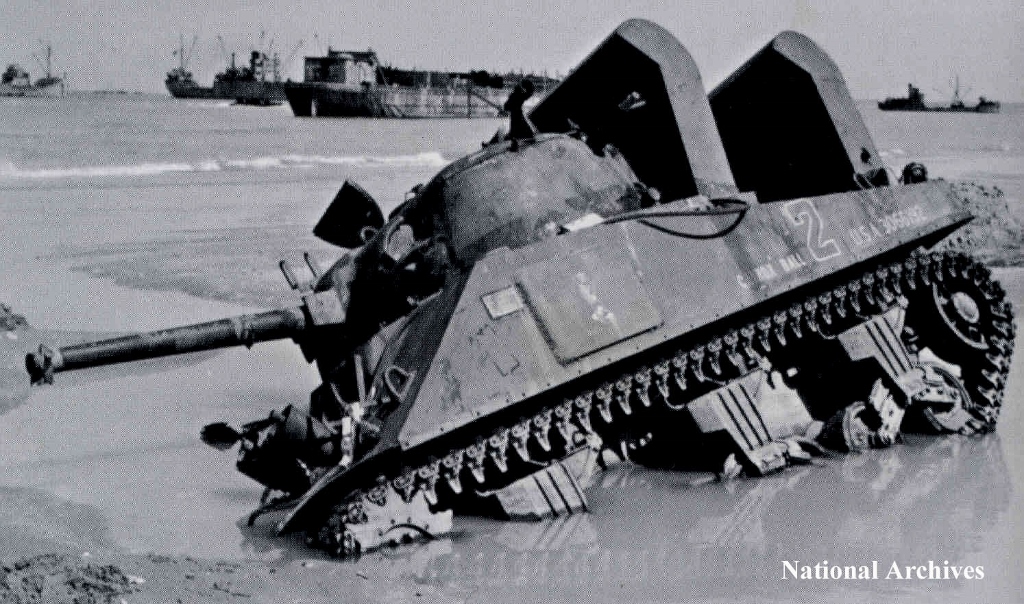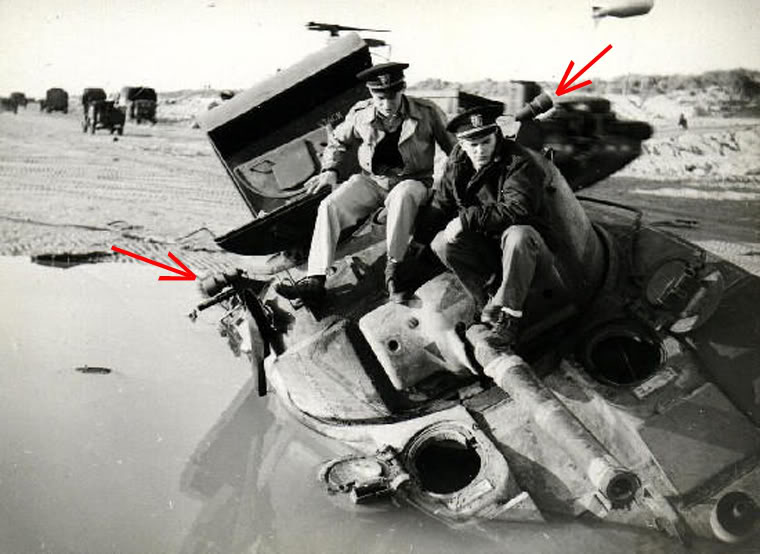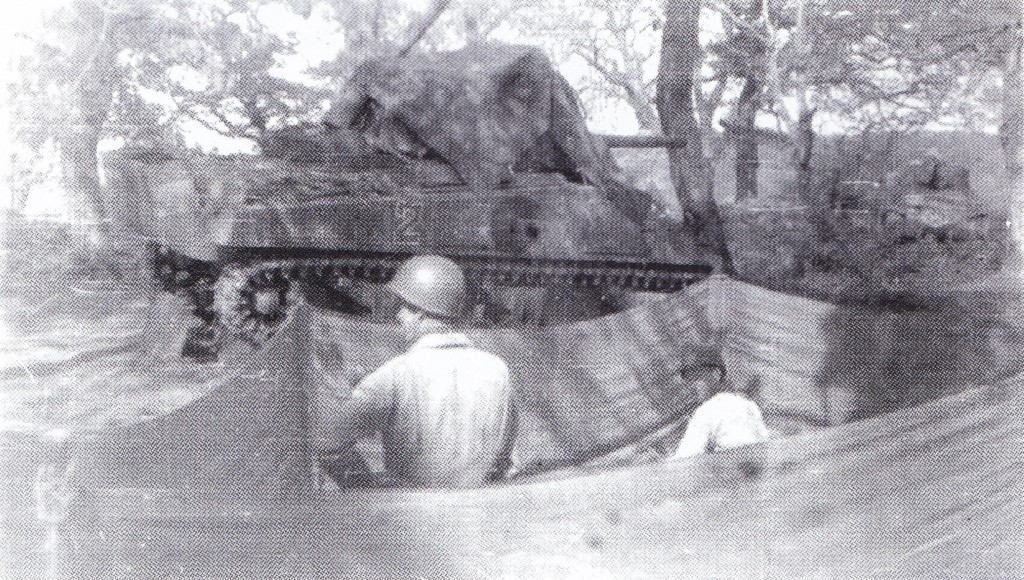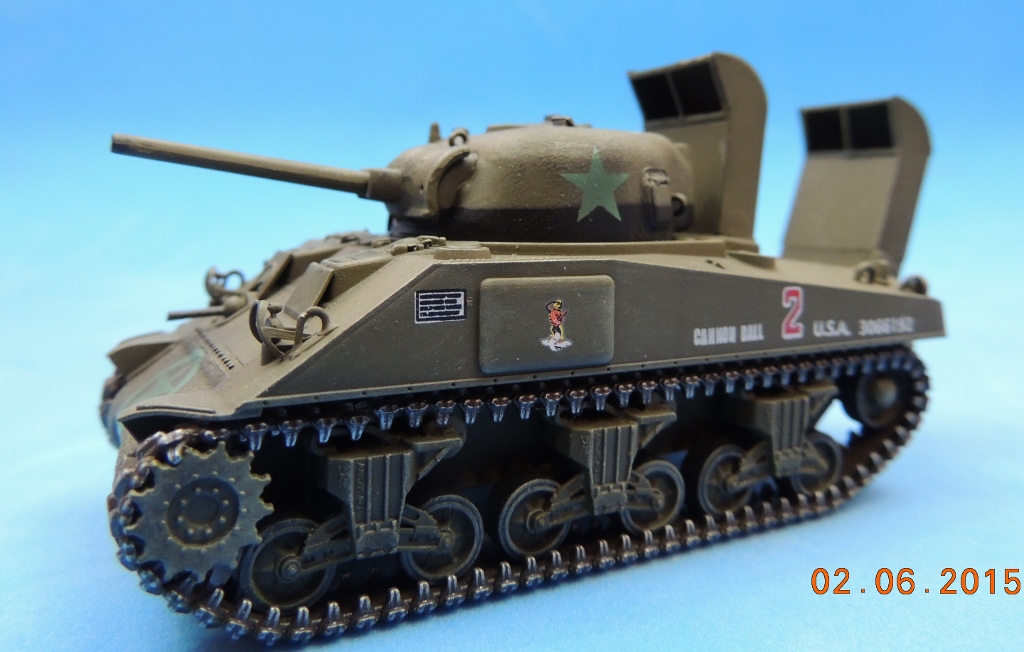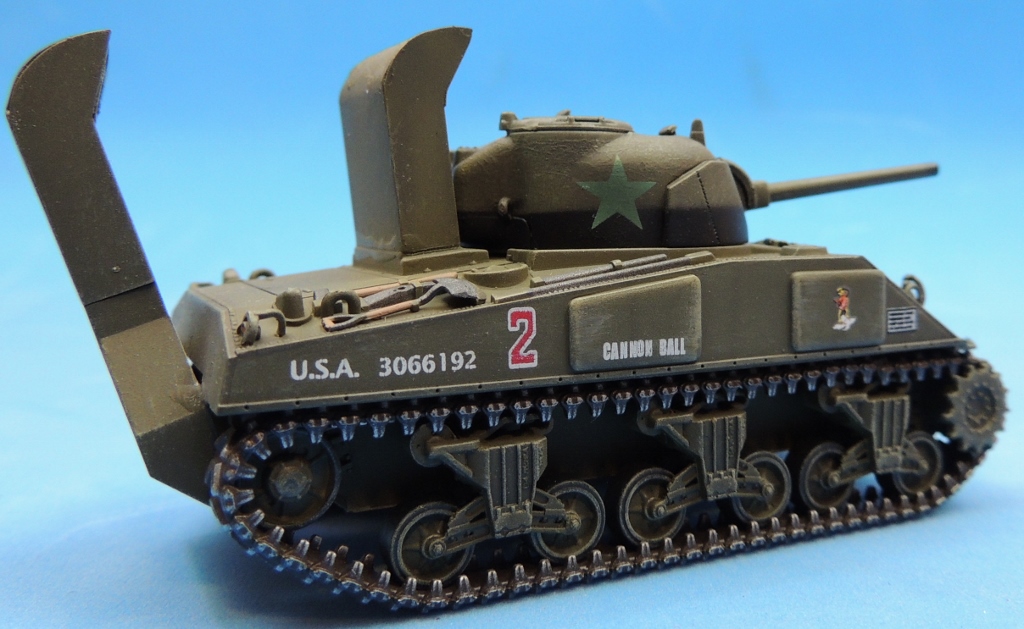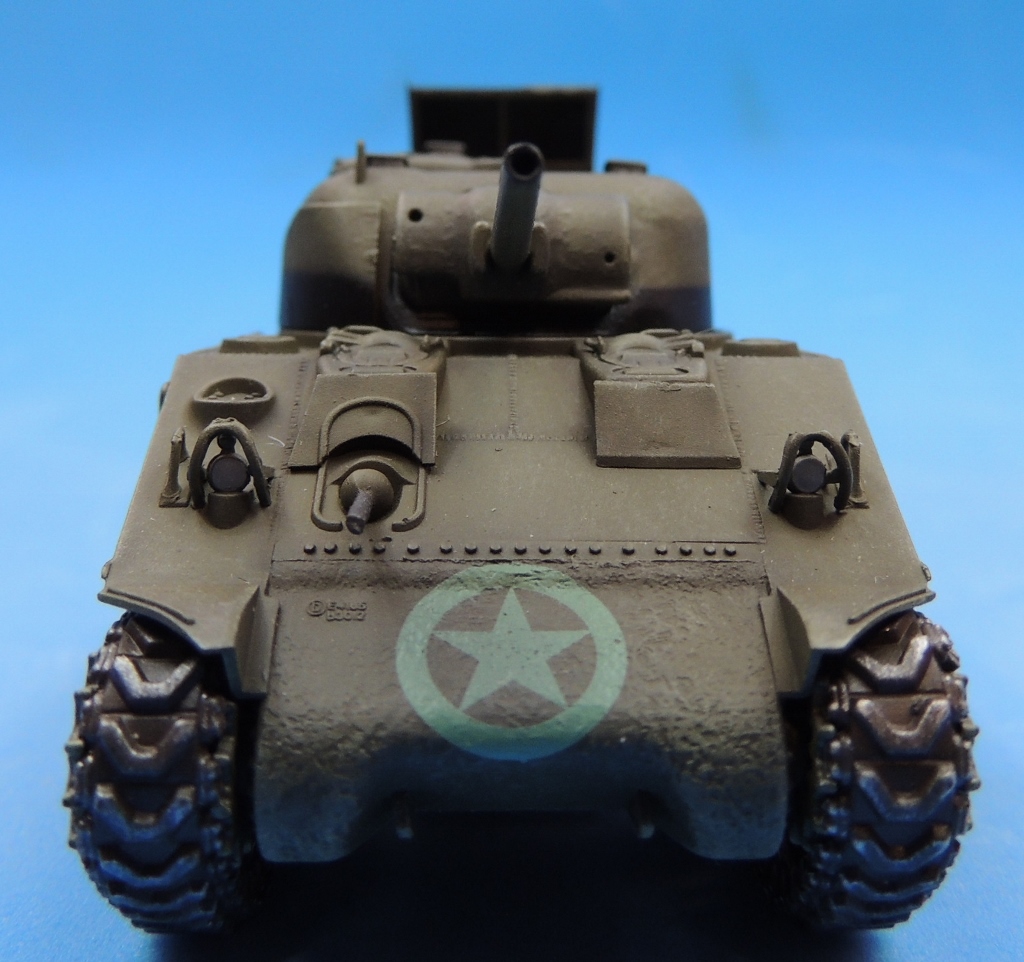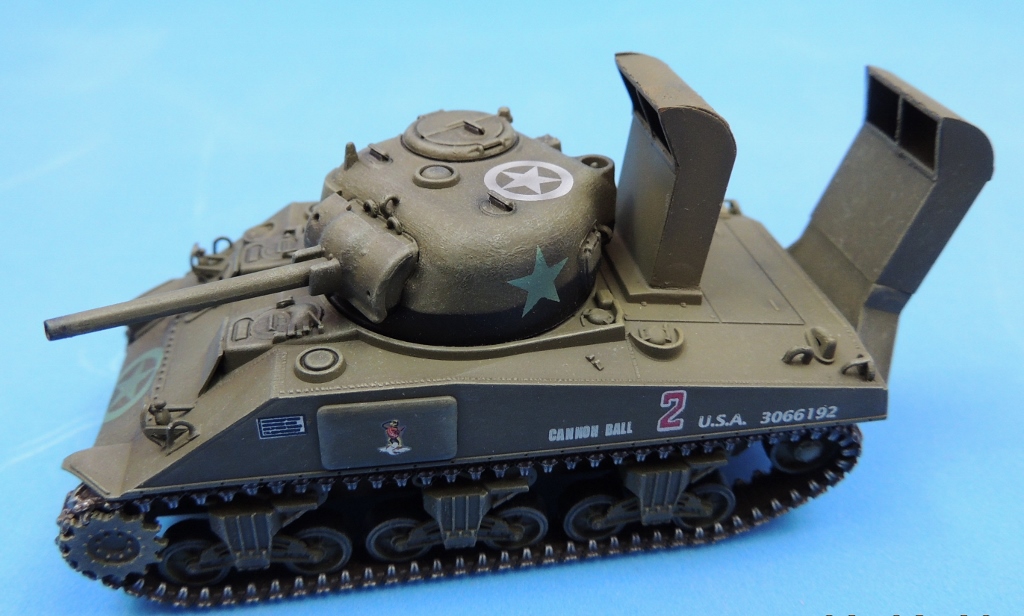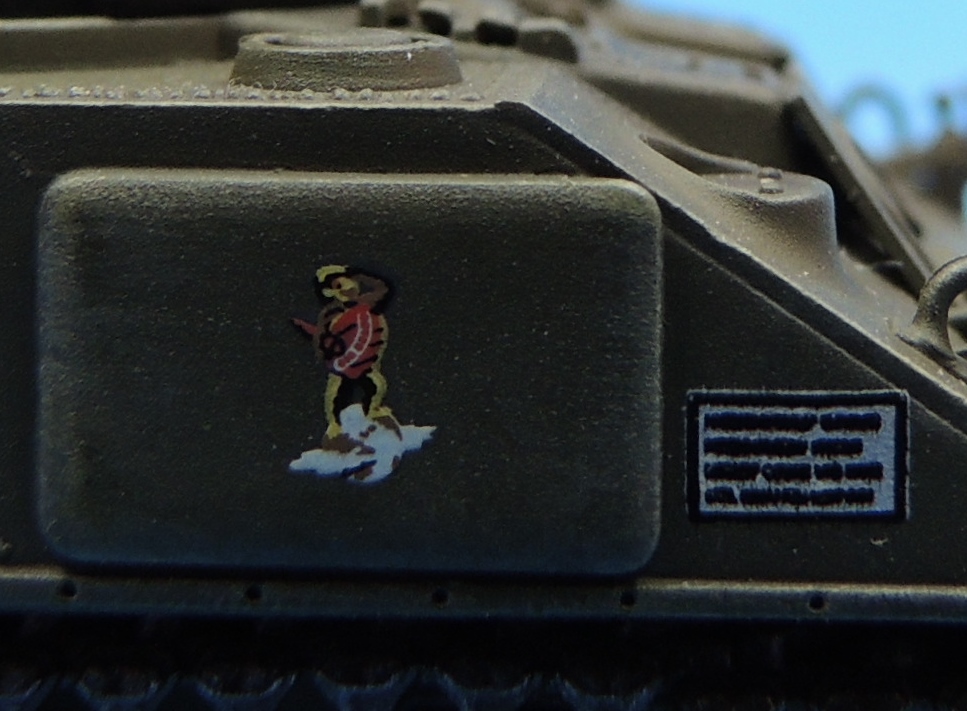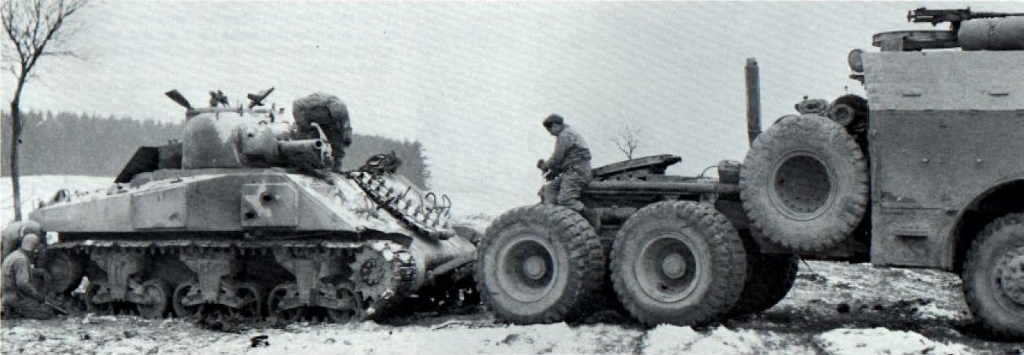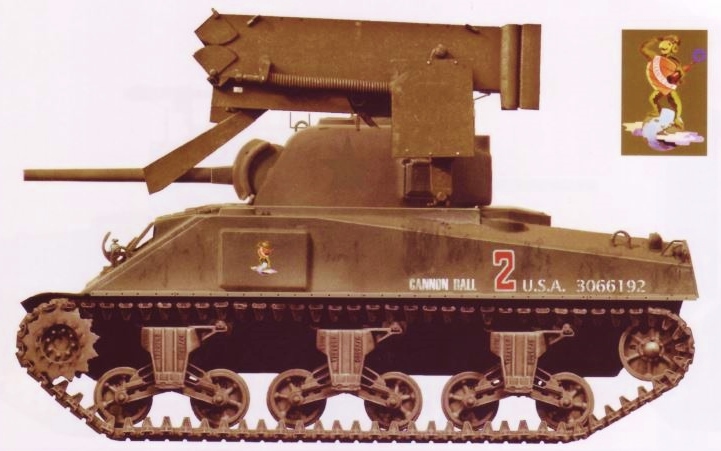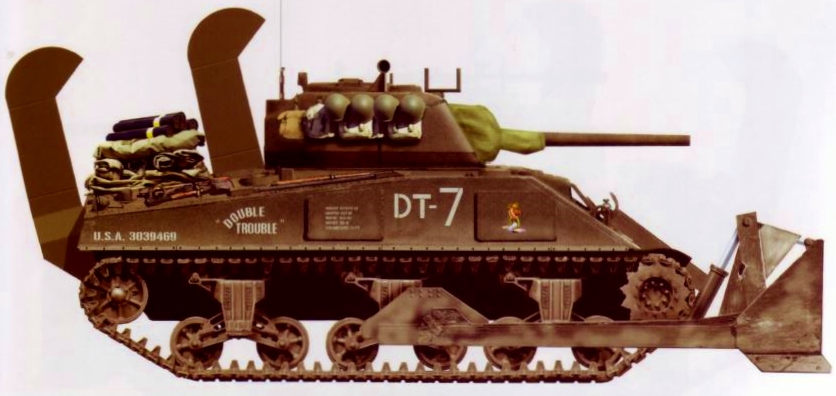I have always been fascinated by the way U.S. airmen decorated their aircraft during WWII. I have a fairly extensive collection of WWII 1/72 scale aircraft and those with elaborate nose art are some of my favorites. It’s not the art per se that interests me – a lot of it could be considered amateurish and sometimes crude by professional standards – but the fact that the art was created by young men going to war. That art is a reflection of their state of mind, their optimism, their interests, and sometimes, their loved ones. How did the crew come to name the vehicle? How did they select it? Who painted it? Did the young artist have a preference for brunettes, or blondes, or short hair, or long, or . . . . ?
The following quote from Nose Art, by Cary M. Valant, succinctly captures the essence of this issue:
The origin of nose art goes back to some ancient time when the first proud charioteer decorated his vehicle so that it would be distinguishable from the other. The desire to personalize an object, a machine, to make it unique among the multitude, is basic to man’s nature . . . . A thousand B-17s, identical in every way, roll off the assembly line and fly to an uncertain fate, but each one can be different. The difference is not in the tail number. Those are for record-keepers and ribbon clerks. The difference is in the imagination and talent of the crew.
It is this “imagination and talent of the crew” that Valant refers to that interests me. The Germans didn’t have a similar practice and must have been dumbfounded by what they saw as the lascivious, promiscuous, immature Americans and their nose art. This quote from Luftwaffe Emblems 1939-1945, by Barry Ketley, considered the textbook on WWII German aircraft emblems, explains the German perspective:
There are two types of emblems that rarely, if ever, appeared on Luftwaffe aircraft: those featuring women (totally unlike Allied forces, particularly the Americans) and presentation aircraft markings. The non-appearance of women, clothed or otherwise, is probably due to the influence of Nazi ideology, which greatly idealized the role of women as the subservient wives and mothers of soldiers and, officially at least, frowned upon anything remotely prurient.
Like soldiers from any other country, U.S. soldiers suddenly found themselves in a world populated only by men, resulting in many men inevitably longing for the women in their lives. Unlike other soldiers, Americans had pin-up art to help fill the void. To its credit, the U.S. Army Air Forces (USAAF) wisely issued Regulation 35-22 authorizing the decoration of Army Air Forces equipment with individual designs to help morale, although a “sense of decency” was expected. Pin-up art thus became widespread in the USAAF but was rather uncommon in the other services, such as the U.S. Army, Navy, and Marines.
I wondered whether the phenomenon manifested itself in allied fighting vehicles, as opposed to aircraft. In particular, I wanted to find cheesecake pin-up art similar to that found on allied aircraft. Although books on aircraft nose art are abundant, I immediately discovered that books on AFV art were nowhere to be found. Despite perusing numerous WWII books and countless websites, I identified less than a dozen tanks (6 Shermans, 4 Stuarts, and 1 Hellcat) with pin-up art. I also found four softskins (3 trucks and 1 jeep). I intend to do a post specifically on the six Shermans in the near future. In this post, I only want to present those vehicles available in 1/72 scale.
WWII Vehicles with Pin-ups in 1/72
To my knowledge, there are only two 1/72 scale vehicles with pin-up art, both from the U.S Army, of course. One is the Hobby Master Hellcat “I DON’T WANT A” and the other is the Altaya Dragon Wagon “545592.”
1. “I DON’T WANT A”
- M18 Hellcat
- 705th Tank Destroyer Battalion, Company A
- Brest, France, August 1944
- Hobby Master HG6002
Here’s a photo of the actual vehicle from Steven Zaloga’s M18 Hellcat Tank Destroyer 1943-97. According to Zaloga, the name “I DON’T WANT A” is a joke because the crew was required to name the tank starting with the company letter, in this case “A.”
Here’s the Hobby Master HG6002.
Note that the model is missing the Rhino hedge cutter welded to the bow seen on the photograph of the actual tank. Note also that the pin-up was not repeated on the port side. I wonder if HM got the “643TD” on the front starboard side wrong, since, according to Zaloga, the tank was actually from the 705th Tank Destroyer Battalion. 
Here’s a close-up that provides perspective on the size of the pin-up. This may very well be the smallest pin-up on any 1/72 scale model — aircraft, AFV, or softskin.
2. “545592”
- M25 Dragon Wagon
- 464th Ordnance, 9th U.S. Army
- Geilenkurchen, Germany, December 1945
- Altaya gift to “Panzer” subscribers
Here’s a photo of the actual vehicle pulling a wrecked Panther tank, from Dragon Wagon, A Visual History of the U.S. Army’s Heavy Tank Transporter 1941-1955, by David Doyle and Pat Stansell.
Here’s the Altaya model. Other than the soft detail, Altaya models also suffer from a total lack of weathering but their markings are usually excellent.
Note that the pin-up was also present on the starboard side.
Here’s a close-up for perspective.
I hope you enjoyed the peep show. 



